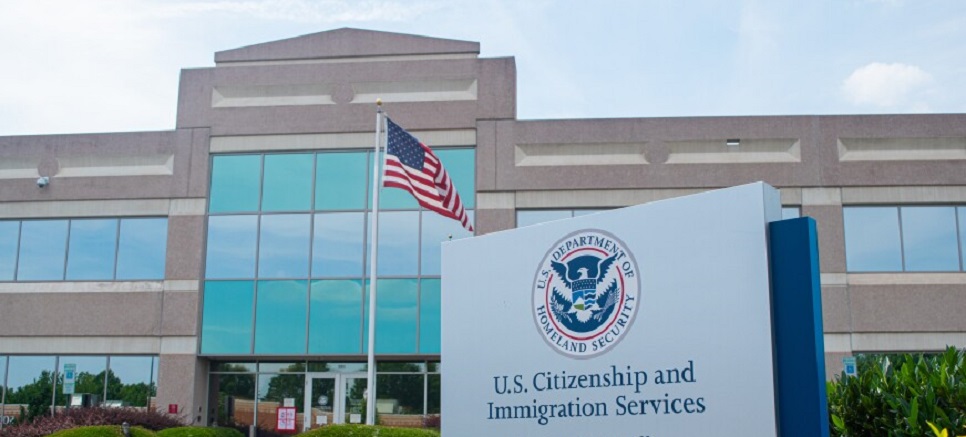CIR Outline 1: H1B Visa Reform
- We will raise the base cap of 65,000 to 110,000 (we amend the current 20,000 exemption for U.S. advanced degree holders to be a 25,000 exemption for advanced degree graduates in science, technology, engineering, and mathematics from U.S. Schools).
- In future years, the cap can go as high as 180,000. The cap will increase/decrease in the following way:
a. It will be based on two factors plugged into one formula known as the “High Skilled Jobs Demand Index” (with each factor weighed at 50%):
i. The percentage by which cap-subject nonimmigrant visa petitions approved under section 101(a)(15)(H)(i)(b) for a fiscal year exceeds/fails to meet the cap (50%)
ii. The inverse of the percentage increase/decrease between the previous fiscal year and the current fiscal year in the number of unemployed persons in the “management, professional, and related occupations category” of BLS data (50%).
b. The most the cap can increase/decrease by each year is 10,000 visas.
- We prevent H-1B workers from undercutting the wages paid to American workers by requiring employers to pay significantly higher wages for H-1B workers than under current law (and to first advertise the jobs to American workers at this higher wage before hiring an H-1B worker).
- We will provide spouses of H-1B workers with work authorization if the sending country of the worker provides reciprocal treatment to spouses of U.S. workers.
- We will establish a 60-day transition period for H-1B workers to change jobs.
- We will provide dual intent visas for all students who come here on bachelor’s degree programs or above.
- We crack down on abusers of the H-1B system by requiring “H-1B dependent employers” to pay significantly higher wages and fees than normal users of the program.
- If the employer has 50 or more employees, and more than 30% but less than 50% are H-1B or L-1 employees (who do not have a green card petition pending), the employer must pay a $5,000 fee per additional worker in either of these two statuses.
- If the employer has 50 or more employees, and more than 50% are H-1B or L-1 employees (who do not have a green card petition pending), the employer must pay a $10,000 fee per additional worker in either of these two statuses.
- We will also crack down on the use of the H-1B and L visas to outsource American jobs by prohibiting companies whose U.S. workforce largely consists of foreign guestworkers from obtaining additional H-1B and L visas.
- In Fiscal Year 2014, companies will be banned from bringing in any additional workers if more than 75% of their workers are H-1B or L-1 employees.
- In Fiscal Year 2015, the ban applies to companies if more than 65% of their workforce are H-1B and L-1 workers. In Fiscal Year 2016, the ban moves to 50%
- We require recruiting of American workers prior to hiring an H-1B nonimmigrant. The Secretary of Labor must establish a searchable website for posting H1B positions. The site must be operational and online within 90 days of the passage of the new law. We require employers to post a detailed job opening on the Department of Labor's website for at least 30 calendar days before hiring an H1B applicant to fill that position.
- We bar employers from recruiting or giving preference to H-1B or OPT workers over American workers.
- We establish significant new authorities and penalties to prevent, detect, and deter fraud and abuse of the H-1B and L-1 visa systems by fraudulent employers.




